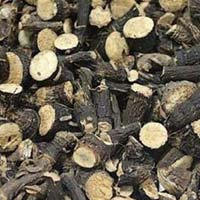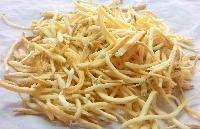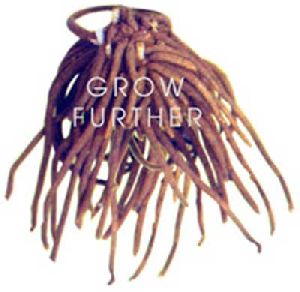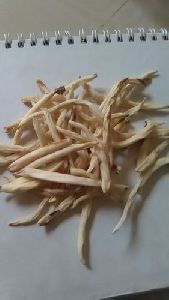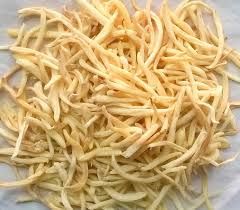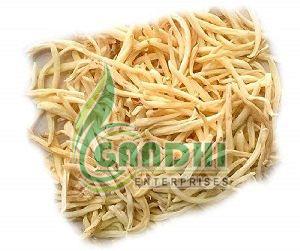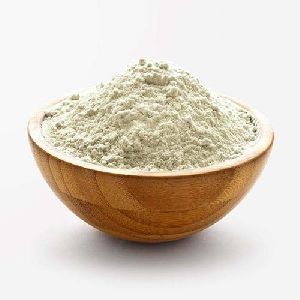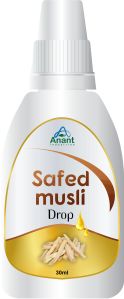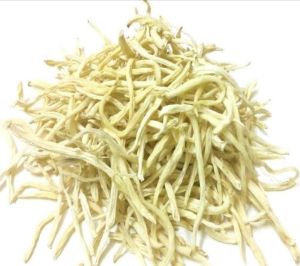Company Information
Ask for more detail from the seller
Contact SupplierWe are offering safed musli root. What is it?
common name: safed moosli, shaqaqule, dholi musli, khiruva, shedheveli, swetha musli, taniravi thang
botanical name: chlorophytum borivilianum
part used: root
safed musli is originally found in forest areas in natural form. Its botanical name is chlorophytum tuberosum. This species is found in abundance in natural forest areas. The plant is distributed in the subtropical himalayas from kumaon eastwards, the khasia hills, bengal, assam, kokan, kanara, west peninsula and madras extending to kanyakumari. This plant was observed growing in patches in pine in rani khet and adjoining areas. It belongs to family liliaceae. It is a herb with sub erect lanceolate leaves. It flowers in the month of august and early september. The flowers are white in color. The leaves are dried in the month of dec.jan. And it remains dormant during rest of year (early winter till break of monsoon). The propagation through seeds is very scarce. Since the establishment of the crop by seeds is very rare; if the tubers are removed the herb can not be reestablished in the natural forests. It occurs near nalas and rolling terrain and gentle slopes in the forests.
What is in it?
safed musli contains carbohydrates (35-45%), fiber (25-35%), alkaloids (15-25%), saponins (2-20%), and proteins (5-10%).


